Tricot fabric, a knitted textile known for its remarkable elasticity and durability, has become a go-to choice for many businesses in the fashion and sportswear industries. In this article, we will explore the properties, manufacturing process, and various applications of tricot fabric, highlighting its benefits and contributing to its rising popularity. Properties of Tricot Fabric: Tricot fabric is well-regarded for its impressive stretchability and recovery, making it perfect for creating form-fitting garments that offer unrestricted movement. This unique textile is typically made from polyester, nylon, or a blend of both, resulting in a strong and resilient material.

.
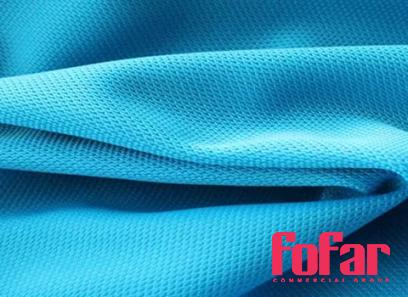 The close-knit construction grants tricot fabric an elegant drape and a luxurious feel, enhancing its appeal among designers and consumers. Manufacturing Process: The production of tricot fabric involves using a warp knitting technique, where the horizontal rows of loops interlock with vertical wales. The warp knitting machine employed in the process enables high productivity, making tricot fabric a cost-effective choice for mass manufacturing. The incorporation of synthetic fibers ensures excellent color retention and resistance to wrinkles, making tricot fabric a low-maintenance option for clothing manufacturers.
The close-knit construction grants tricot fabric an elegant drape and a luxurious feel, enhancing its appeal among designers and consumers. Manufacturing Process: The production of tricot fabric involves using a warp knitting technique, where the horizontal rows of loops interlock with vertical wales. The warp knitting machine employed in the process enables high productivity, making tricot fabric a cost-effective choice for mass manufacturing. The incorporation of synthetic fibers ensures excellent color retention and resistance to wrinkles, making tricot fabric a low-maintenance option for clothing manufacturers.
..
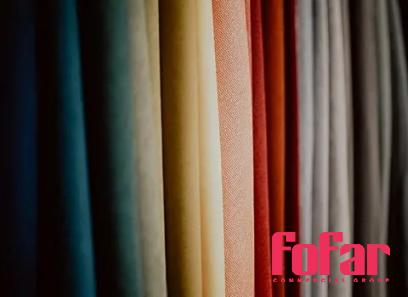 Applications in Fashion: Tricot fabric has found immense popularity in the fashion industry, as it offers numerous creative possibilities. Its elasticity and conforming nature allow it to be transformed into stylish athleisure wear, swimwear, intimate apparel, and sportswear. Tricot fabric’s ability to hug the body accentuates the wearer’s figure, providing both comfort and style. Its smooth texture lends itself well to draping, making it commonly used for evening gowns and dresses. Additionally, tricot fabric’s breathability and moisture-wicking properties contribute to its suitability for activewear. Applications in Sports: The sports industry has also recognized the value of tricot fabric due to its performance-enhancing qualities. Its superior elasticity allows athletes to move freely and perform at their best. Tricot fabric’s ability to regulate body temperature and wick away moisture ensures a comfortable and dry experience during intense physical activities.
Applications in Fashion: Tricot fabric has found immense popularity in the fashion industry, as it offers numerous creative possibilities. Its elasticity and conforming nature allow it to be transformed into stylish athleisure wear, swimwear, intimate apparel, and sportswear. Tricot fabric’s ability to hug the body accentuates the wearer’s figure, providing both comfort and style. Its smooth texture lends itself well to draping, making it commonly used for evening gowns and dresses. Additionally, tricot fabric’s breathability and moisture-wicking properties contribute to its suitability for activewear. Applications in Sports: The sports industry has also recognized the value of tricot fabric due to its performance-enhancing qualities. Its superior elasticity allows athletes to move freely and perform at their best. Tricot fabric’s ability to regulate body temperature and wick away moisture ensures a comfortable and dry experience during intense physical activities.
…
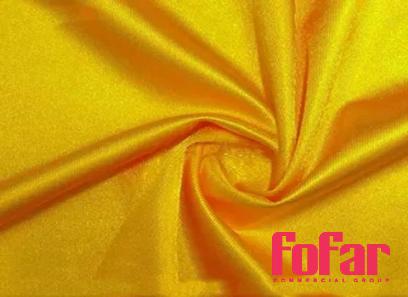 Manufacturers utilize tricot fabric to create compression garments, training apparel, and jerseys – all tailored to enhance athletic performance. Environmental Considerations: While tricot fabric offers numerous advantages, it is important to consider its environmental impact. As primarily made from synthetic fibers, it does not biodegrade easily, contributing to the proliferation of microplastics. However, innovation within the textile industry is continuously evolving, with the development of more sustainable alternatives to tricot fabric being explored. This includes the introduction of recycled fibers and eco-friendly manufacturing processes to reduce the environmental footprint associated with this material. Conclusion: Tricot fabric’s exceptional elasticity, durability, and versatility have solidified its place in the fashion and sports industries. Its ability to combine comfort, style, and performance make it an ideal choice for designers and consumers alike. As advancements in sustainable textile production continue, it is essential for manufacturers to prioritize eco-friendly alternatives to ensure the long-term viability of tricot fabric while meeting the demands and expectations of modern consumers.
Manufacturers utilize tricot fabric to create compression garments, training apparel, and jerseys – all tailored to enhance athletic performance. Environmental Considerations: While tricot fabric offers numerous advantages, it is important to consider its environmental impact. As primarily made from synthetic fibers, it does not biodegrade easily, contributing to the proliferation of microplastics. However, innovation within the textile industry is continuously evolving, with the development of more sustainable alternatives to tricot fabric being explored. This includes the introduction of recycled fibers and eco-friendly manufacturing processes to reduce the environmental footprint associated with this material. Conclusion: Tricot fabric’s exceptional elasticity, durability, and versatility have solidified its place in the fashion and sports industries. Its ability to combine comfort, style, and performance make it an ideal choice for designers and consumers alike. As advancements in sustainable textile production continue, it is essential for manufacturers to prioritize eco-friendly alternatives to ensure the long-term viability of tricot fabric while meeting the demands and expectations of modern consumers.

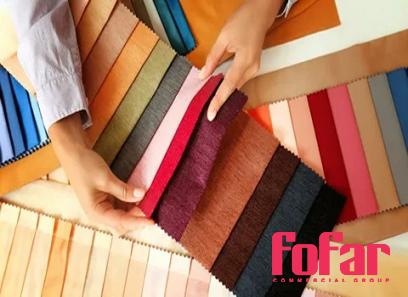
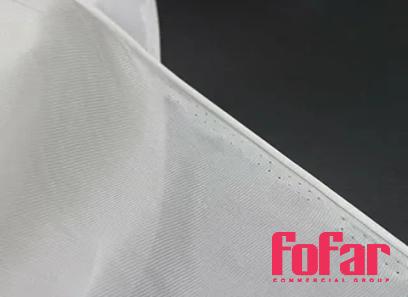


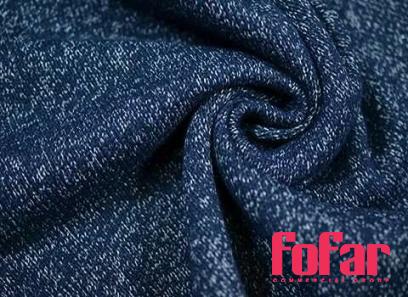
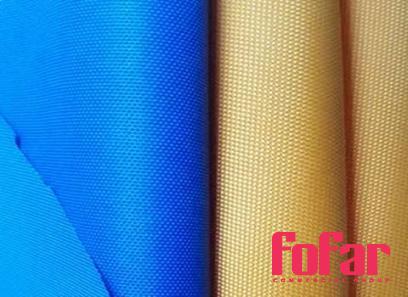
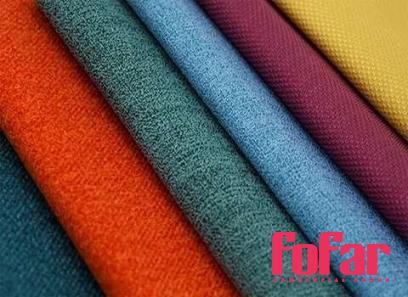


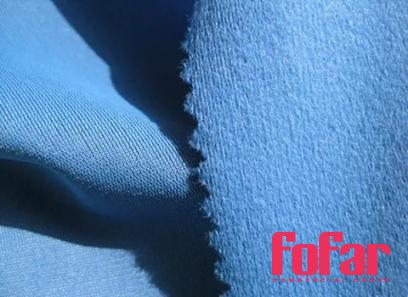
Your comment submitted.